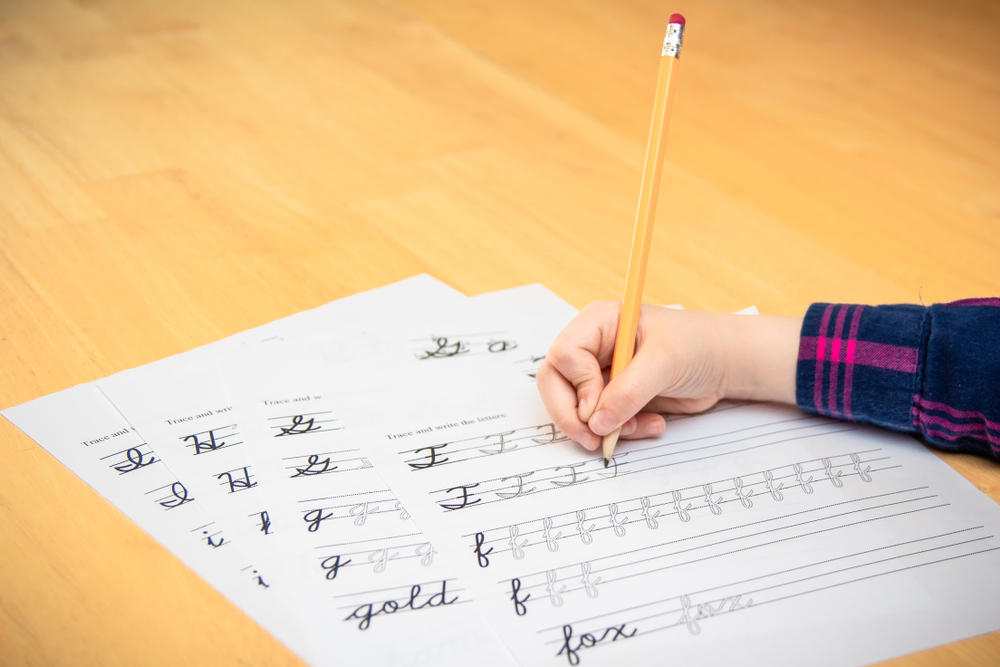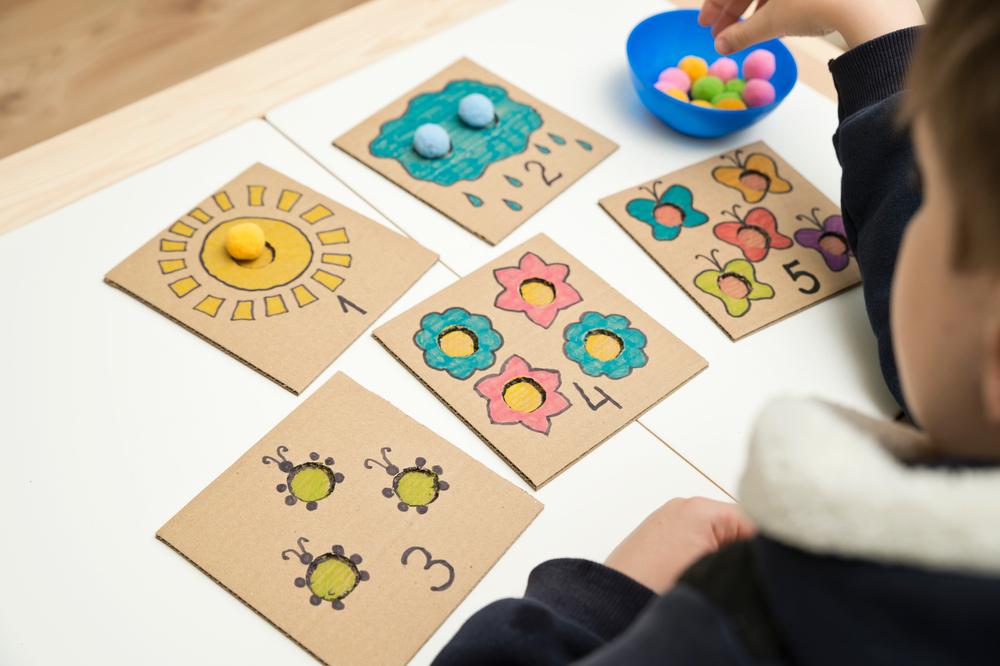Normal Tracing Shapes worksheets activities for Ages 4-6
9 filtered results
-
From - To
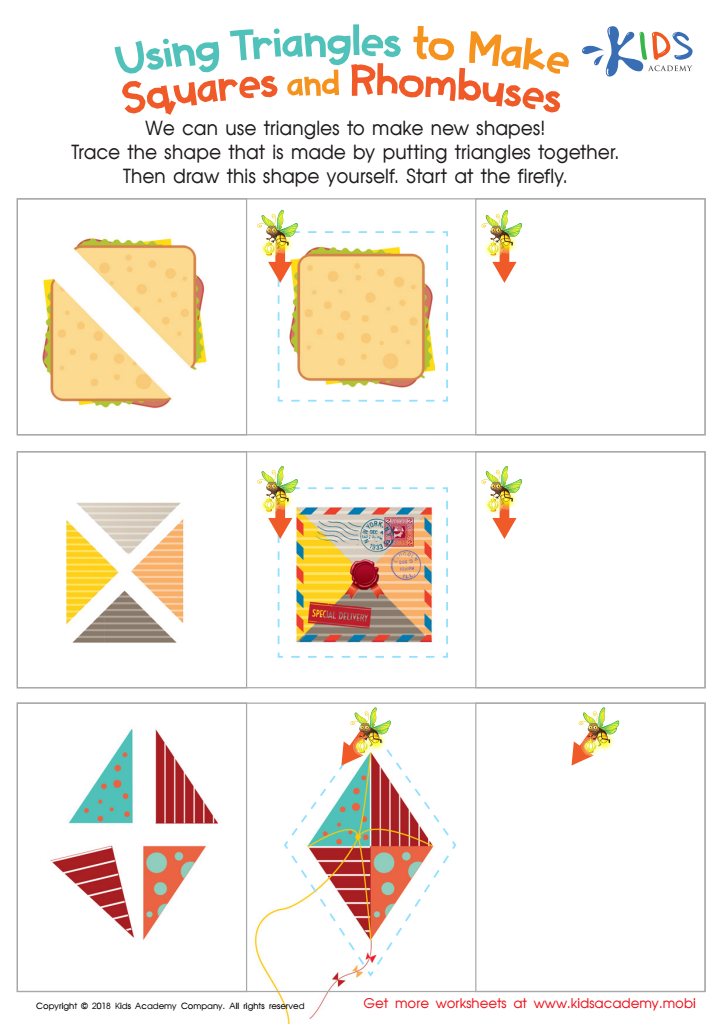

Using Triangles to Make Squares and Rhombuses Worksheet


Drawing a Triangle Worksheet
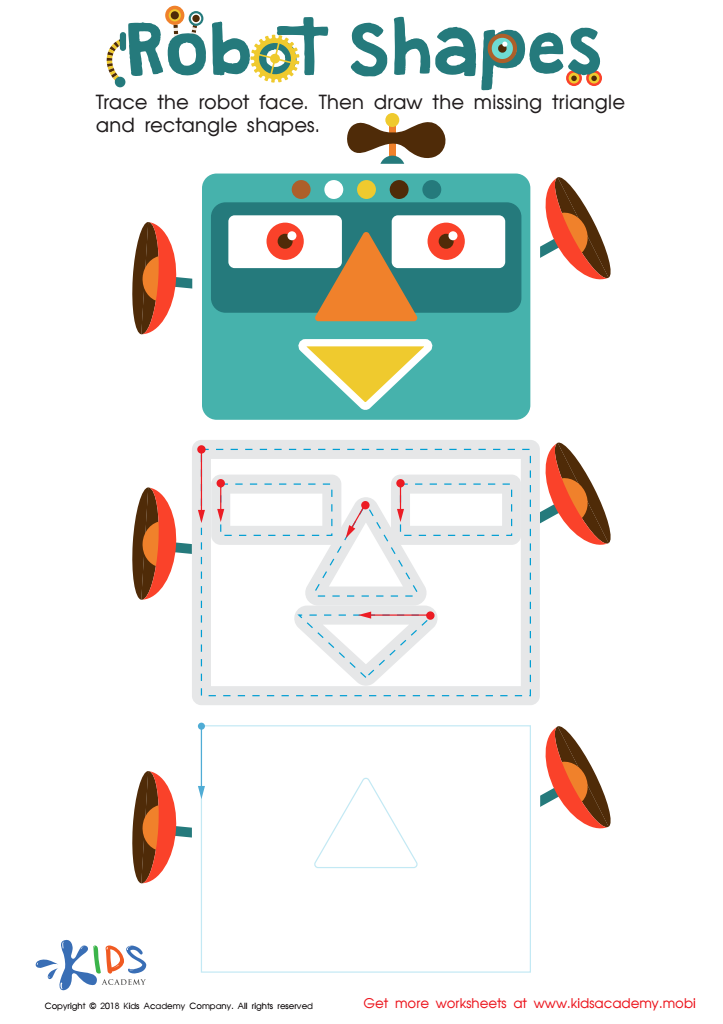

Robot Shapes Worksheet
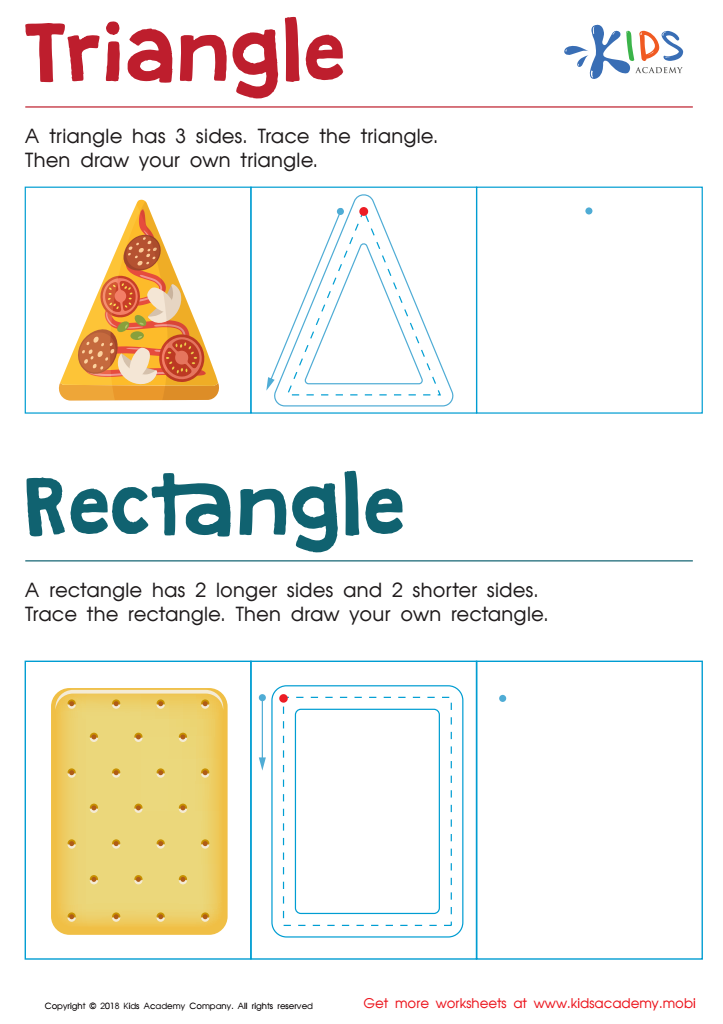

Triangle Rectangle Worksheet
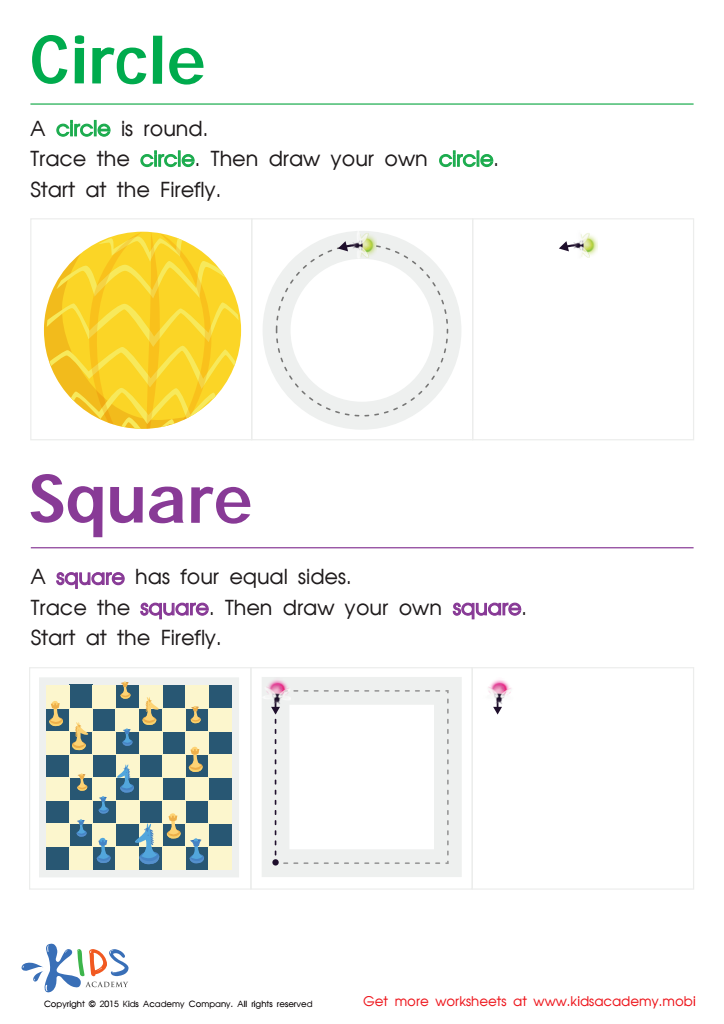

Trace And Draw a Circle And a Square Worksheet
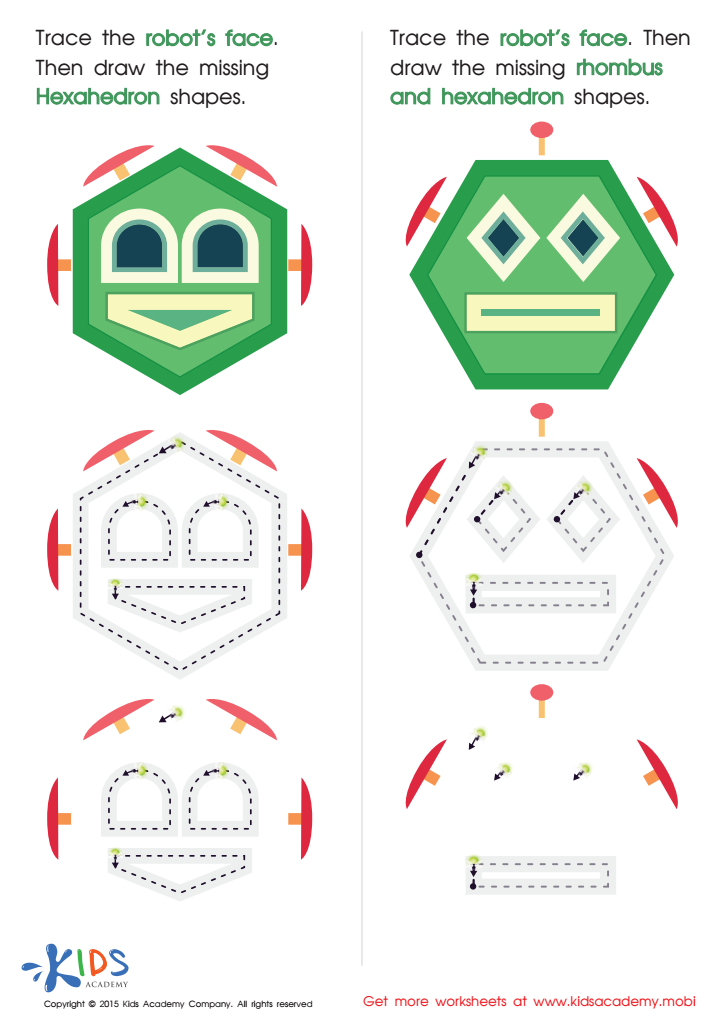

Practice Drawing Hexahedrons And a Rhombus Worksheet
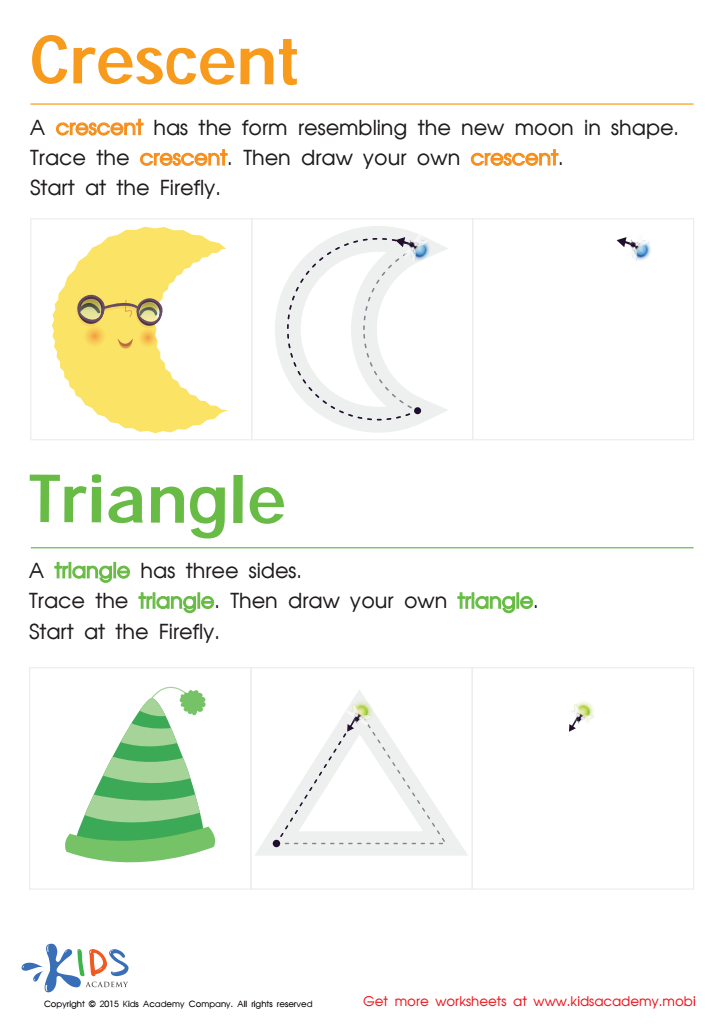

Learning to Draw Crescents And Triangles Worksheet
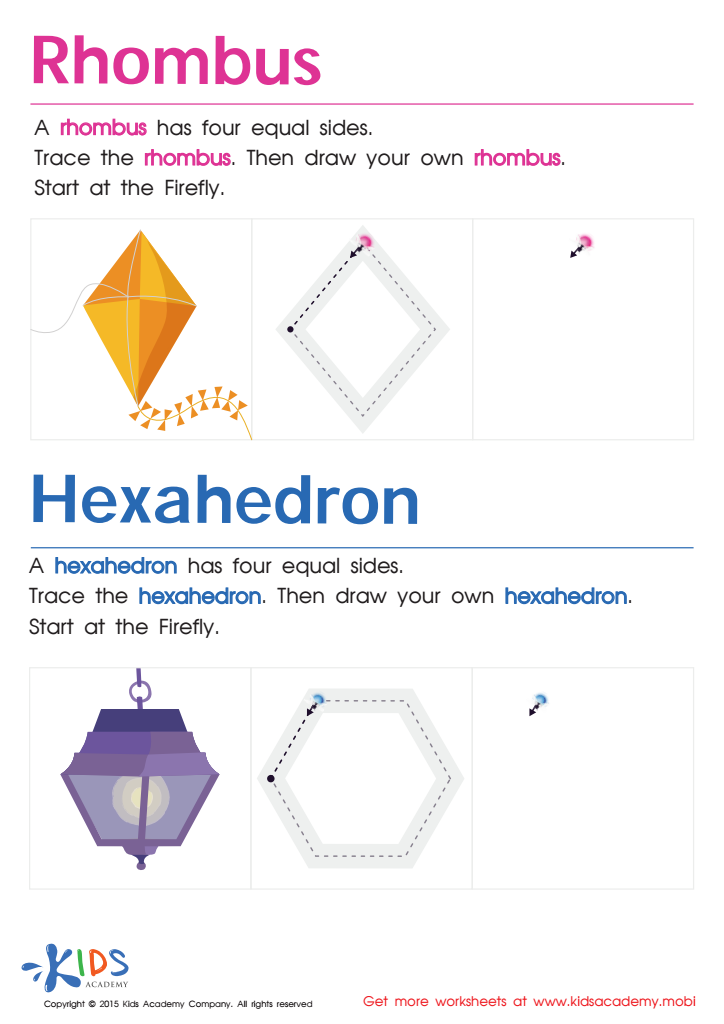

Draw a Rhombus And a Hexahedron Printable
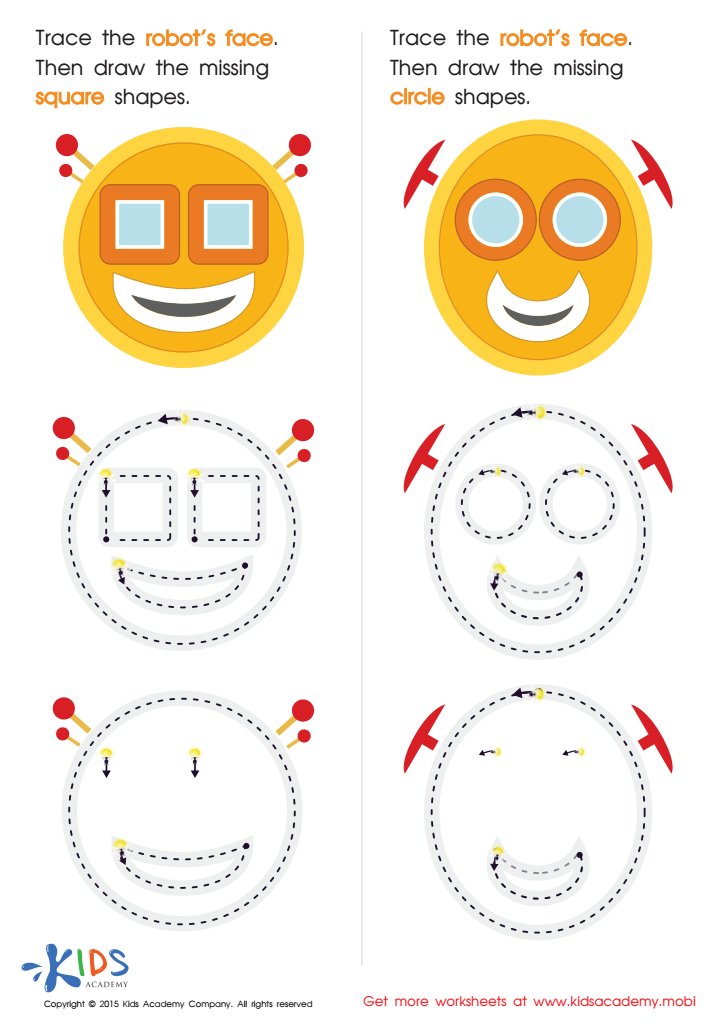

Practicing to Draw Circles And Squares Printable
Normal Tracing Shapes worksheets activities are a fundamental stepping stone in the cognitive and motor skill development of young children. These activities, often seen as simple or basic, hold immense educational value by laying down the groundwork for more complex skills in the future. Engaging in Normal Tracing Shapes worksheets activities provides a multitude of benefits that are crucial for the holistic development of a child.
Firstly, these activities greatly enhance fine motor skills. When children trace shapes, they learn how to control their pencils with precision, which is a fundamental skill not only for writing but also for tasks requiring hand-eye coordination. The repetitive motion of tracing shapes strengthens the hand muscles and improves grip, making future writing tasks easier and more refined.
Secondly, Normal Tracing Shapes worksheets activities play a significant role in cognitive development. They introduce children to the concept of following patterns and directions, which is critical for reading, math, and problem-solving skills. As children identify and trace various shapes, they also begin to understand geometry on a basic level, recognizing shapes in their environment, and learning their names and properties. This early exposure to mathematical concepts lays a solid foundation for future learning.
Moreover, these activities are pivotal in improving concentration and patience. Children learn to focus on the task at hand, improving their attention span in a world where distractions are plentiful. This ability to concentrate and exhibit patience during tasks is a skill that benefits children academically and in daily life.
Furthermore, Normal Tracing Shapes worksheets activities offer an accessible and inclusive way for children to engage in learning. They can be easily adapted to suit different learning styles and needs, making them an invaluable tool for educators and parents alike.
In summary, Normal Tracing Shapes worksheets activities are not just about learning to trace lines and shapes; they are a comprehensive educational tool that supports physical, cognitive, and behavioral development. These activities prepare children for future learning challenges by building a strong foundation of essential skills.
 Assign to My Students
Assign to My Students







